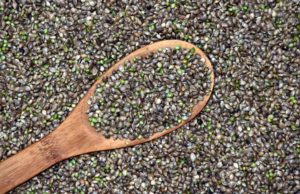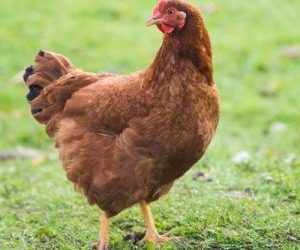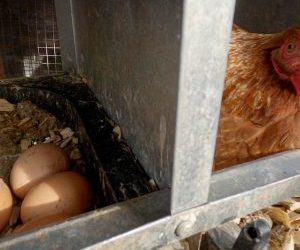While many are aware of hemp’s use in clothing and its nutritional benefits when added to foods like yogurt or smoothies, its reputation as a superfood capable of substituting for plastics positions it as an ideal crop for Australian agriculture.
Despite its approval for consumption over half a decade ago, the Australian hemp industry is experiencing a downturn.
Proponents of hemp highlight its resilience, rapid growth, and minimal water requirements, emphasizing its environmentally friendly nature.
Globally, Canada leads in hemp production, exporting seeds, oils, and protein products, with China also playing a significant role.
However, Australia’s hemp production is lagging, facing challenges in expansion.
In 2020, the industry saw 500 growers cultivating 4,000 hectares, but this area decreased to 2,500 hectares within three years. The decline is attributed to an oversupply of seeds, natural disasters, and a scarcity of seeds suitable for planting. Regulatory hurdles, aimed at preventing illicit cannabis cultivation, further complicate production.
John Muir, an agronomist, is enthusiastic about the potential of hemp, citing its rapid growth and versatile uses, from food to sustainable materials in industries such as automotive. He advocates for increased investment in processing facilities to transform hemp into a wide array of products.
Educational initiatives are emerging, with schools incorporating hemp cultivation into agricultural programs, exposing students to the crop’s potential firsthand.
Despite hemp seeds being cleared for consumption, devoid of the psychoactive THC found in marijuana, the industry faces bottlenecks, notably in processing capacity.
In the Hunter Valley, grower Colin Steady’s trials across various hemp strains underscore the need for more processing solutions.
National trials coordinated by AgriFutures Australia are exploring the adaptability of different hemp varieties across the country, with results varying by location. The trials aim to provide growers with informed recommendations on the best strains and planting times.
As the industry awaits the outcomes of these trials, there is hope for tailored guidance to bolster the hemp sector in Australia, aligning with AgriFutures Australia’s commitment to supporting agricultural innovation.



